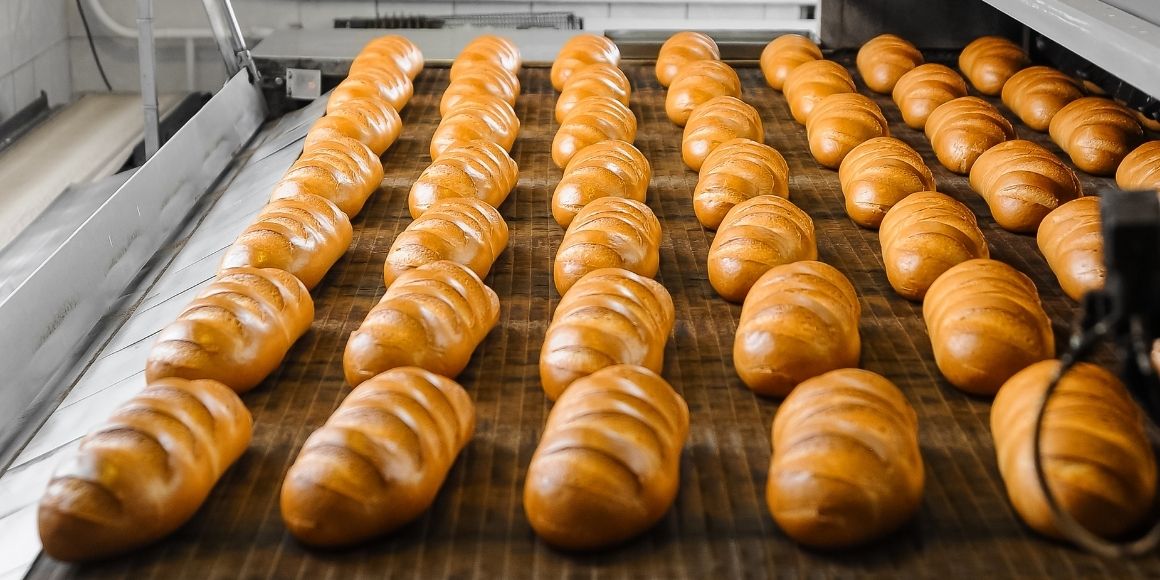Companies looking to capture market share, add new products, or expand their regional footprint must determine how they can increase production performance. In many cases, adding new manufacturing assets or increasing staff to grow capacity may be considerations. However, this means significant capital outlays and added costs.
Before buying a physical plant and equipment, processors should consider analyzing and improving the four significant loss areas discussed below. Using continuous improvement techniques across these four critical performance areas can raise the overall output of existing production lines with the same or fewer employees. Advanced production data-capture technologies provided by Worximity Technology can help reduce downtime, eliminate waste, increase line speeds, and improve plant communications. Further, staff fluctuations due to the impact of COVID-19 can be more easily managed if accurate and timely performance reporting, such as that provided by Worximity, is available.
1. Downtime
Reducing downtime is a key way for companies to increase production performance without adding personnel. Non-productive downtime can range from major equipment failures to micro-stops for minor adjustments and may include production losses at the beginning and end of a product run. By first understanding the causes and magnitude of each category of downtime, managers can develop action plans to correct or reduce the time the line is down.
2. Waste
When a line produces out-of-spec, non-sellable products, overall performance suffers in numerous ways. Not only is line capacity and employee time wasted, but raw materials may have to be scrapped, costs may increase, and overall throughput could be reduced. Measuring and analyzing the amount and causes of waste provides the information managers need to develop plans to lower rejects.
3. Line Speed
Product volumes are directly related to the speed of production lines. Making high-quality products faster and with the same number of employees increases throughput and improves a company's OEE value.
Companies can achieve faster line speeds by ensuring workstations are balanced, equipment is set at the operating speed recommended by the manufacturers, and all employees are properly trained. Internal plant communications must also be effective, both along the line and from the production line to raw materials and finished goods inventory personnel.
Proper employee training is essential to ensuring equipment is adjusted to operate at the equipment design capacity and is correctly set up at the beginning of the run. Quick and efficient changeovers from one SKU to another also depends on effective training for the entire employee team.
In addition, workstations along the line must be balanced so product moves down the line at constant rates. Unbalanced lines result either in the product accumulating behind one workstation or leaving another workstation “starved” for material. An organization can increase production performance when the line is balanced, operating with minimum downtime, running at top speeds, and using the correct raw materials and supplies.
4. Communication
Good communication is essential for reaching line performance goals. Production work teams should have a clear understanding of the company goals and objectives. Every team member should understand, at all times, the status of line operations, causes of downtime, levels of rejects and waste, and how to maintain line speeds.
If highly effective communication methods are in place, team members can recognize problems when they arise and work together to take the necessary corrective steps. Immediate, clear, and necessary information must be communicated to team members continuously to support increased line performance.
One of the most important measures of plant or line performance is OEE. This KPI measures how effective a plant uses its productive assets. Higher levels of OEE indicate higher levels of asset effectiveness and overall efficiency. Monitoring OEE is an excellent way to judge whether line performance meets expectations and whether a plant can increase production performance with the same staff.
Because OEE incorporates values for line speed, quality, downtime, and availability, it provides a good way to gauge whether a production line can achieve greater output without increasing staff.
Worximity Technology’s Smart Factory analytics software provides real-time data to managers and employees to support a plant’s continuous improvement program. Digital data-capture sensors are connected to manufacturing equipment, and they record performance data as production runs are underway.
This data is then instantly transmitted to the cloud. Once the data is collected, Worximity’s Smart Factory analytics calculate line and plant performance metrics, which are displayed in real time on dashboards (TileBoards) located throughout the factory. By checking values on these TileBoards, employees know production line status and can take immediate action should performance deteriorate.
To see how Worximity’s Smart Factory analytics can help your company achieve higher performance levels with the same or fewer employees, contact Worximity to schedule a trial OEE assessment. This assessment allows your company to gauge your performance and compare your plant’s OEE performance against industry benchmarks.







